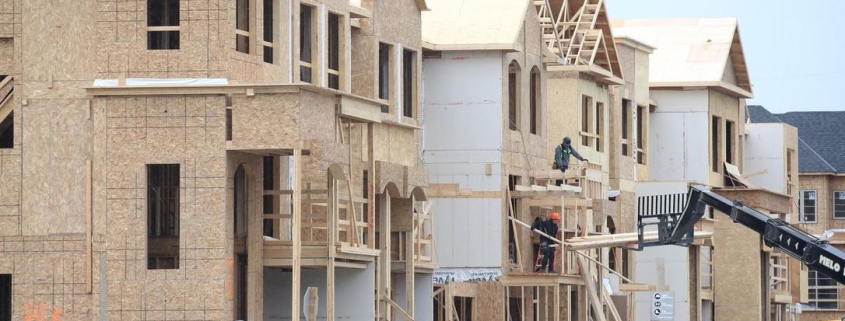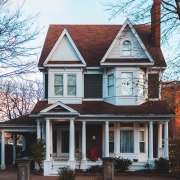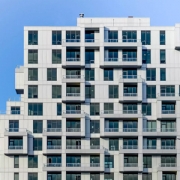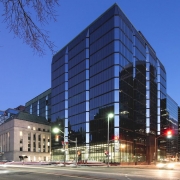The Toronto area’s land squeeze will continue to drive up home prices and commute times unless the Ontario government puts the brakes on some of the targets in the updated version of its smart growth plan, says the region’s home builders’ association.
The dwindling supply of greenfield lands where builders have traditionally developed subdivisions, along with the “unintended consequences” of the provincial Places to Grow legislation, means up to half the land needed to house the population by 2031 may not be available, says the Building and Land Development Association (BILD).
Those “unintended consequences” include a longer planning process that can extend to 10 or 15 years pushing up the cost of development, and housing density targets that concentrate a disproportionate number of people into smaller spaces on the fringes of the region stretching from Lake Simcoe to Lake Ontario on the north and south and from Hamilton to Clarington on the west and east.
BILD published the comments Tuesday along with a study called “Greater Toronto and Hamilton Area Land Supply Analysis” by Malone Given Parsons, a planning consultant firm.
It shows that only 12,800 hectares of greenfield land remains uncommitted to new development — an area that amounts to 4.5 per cent of the total area that is already built or has been designated for urbanization. That is down from about 6 per cent a year ago.
Fifty-five per cent of the land designated for development by 2031 has already been spoken for, with 40 per cent having already been built, 8 per cent under construction, and 7 per cent with draft approvals from municipalities.
“These were the easier lands to develop, with enough infrastructure,” said the BILD commentary.

The committed community area refers to land that has already been built on, is under construction or is part of an area that has already been approved as a subdivision. Vacant community areas refers to land that has not yet been committed to a particular development. Committed employment areas refer to those that have already been built on or are under construction or have been planned for. Vacant employment areas are those that haven’t been designated to a particular development. Uses to be determined are areas that haven’t been designated for an urban land use but are being studied for future development.
With the region growing by about 115,000 people a year, the supply of new construction homes is at a 10-year low, reports BILD. But the cost of residential building lots has increased 300 per cent in the last decade. In September, BILD reported the average cost of a single family home in the region was $1.1 million. A condo sold for $789,643 on average.
Association CEO David Wilkes warned there may be a blip where housing prices don’t escalate as quickly in the near-term, but sometime in the middle of the next decade, “you’re really starting to get a crunch.”
“All things being equal — the pace of development being similar, no significant changes — mid-2023 to 2025 you really start seeing a lack of grade-related (ground level) new housing lands coming on stream,” he said.
“You can expect two things: land is going to become scarce and there is going to be a continuation of the inflationary pressure on the cost of new lots. The cost of housing is going to continue to go up for new communities, which will influence the entire market,” he said.
BILD’s comments come less than a week after the Ontario Progressive Conservative government announced it would release a Housing Supply Action Plan in the spring, looking at the timelines and costs of development approvals and the restrictions on where housing can be built.
Once a new community is approved by the municipality, it can take 10 to 15 years for builders to get to the permit stage, said Matthew Cory, a principal in Malone Given Parsons.
Although the report’s analysis suggests the region’s housing mix is evolving slowly from single-family detached and semi-detached homes to more multi-family dwellings, about 70 per cent of residential land is already occupied by established neighbourhoods of detached and semi-detached houses close to transit, schools and hospitals. But the residents there tend to resist changes that could see more “gentle densities” through duplexes, triplexes or secondary suites.
Many of those homes are owned by older people aging in place, who don’t want to give up their house and neighbourhood for a condo.

Condos, which are concentrated in downtown areas, are among the most expensive ways to house families because the cost per square foot of those homes tends to be high, said Cory, author of the study.
“If I want to buy 1,000 square feet, it’s like $1,000 per square foot at this point whether it’s a resale or new build (condo). Who has a million dollars? The average income in the Greater Toronto Hamilton Area as per the Census is $118,000, that gets you a whopping $500,000 worth of home with a $40,000 down payment. It’s hard for anybody to afford anything,” Cory said.
At the same time, people who own homes in those established neighbourhoods are aging-in-place with more space than families, creating a challenge for housing the region, he said.
The report shows there are 3.19 people per single-family detached or semi-detached household in the region compared to 1.99 in an apartment. In Toronto the gap is smaller — 3 people per detached or semi-detached home compared to 2.01 for an apartment — a .99 person difference. In York Region, the difference is 1.53 fewer persons in an apartment-based household.
The denser housing — condos and stacked townhomes — that help municipalities meet the growth plan requirements are being pushed to the edges of the region where people have to commute further and municipalities have to pay more to build the infrastructure to serve those developments.

The original Places to Grow plan called for 50 residents or jobs per hectare in new developments. The updated edition, implemented by the previous Liberal government last year, specified 60 to 80 residents or jobs per hectare, depending on the area.
A land use study released by the non-profit Neptis Foundation in 2016 found only 20 per cent of the land available for development had actually been used. It argued land supply was not the reason behind the region’s soaring home prices.
Cory said that report was likely based on older data. He said his company’s study also excludes more areas that would prevent developers from building due to features such as utilities, like power plants or hydro corridors, or natural areas such as waterways.







 Maziar Moini, Broker of Record - Home Leader Realty Inc.
300 Richmond St. W., #300, Toronto, ON M5V-1X2
Maziar Moini, Broker of Record - Home Leader Realty Inc.
300 Richmond St. W., #300, Toronto, ON M5V-1X2



